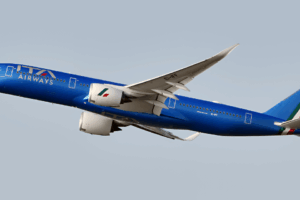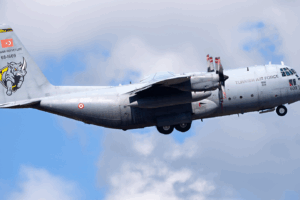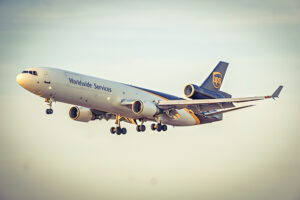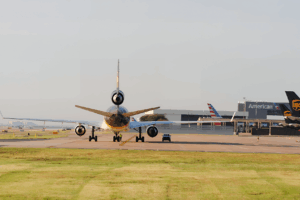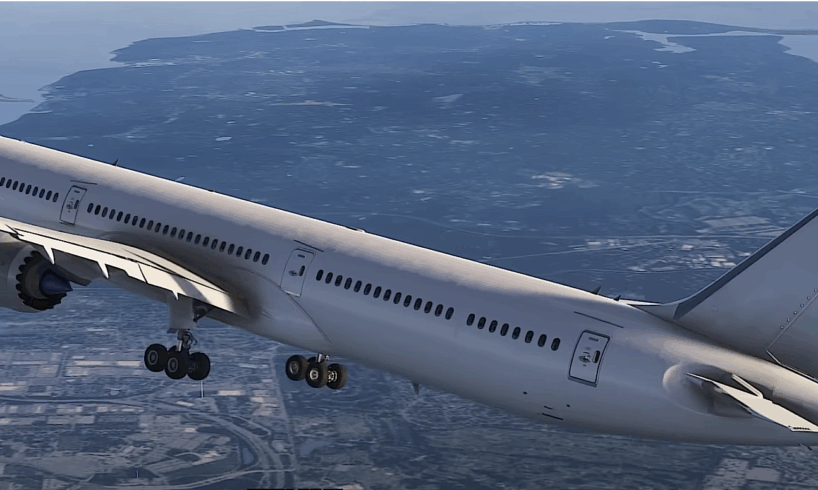
A Turkish Airlines Boeing 787-9 Dreamliner, operating flight TK112 from New York John F. Kennedy International Airport (JFK) to Istanbul, was forced to return to JFK shortly after takeoff on September 11, 2025, due to an issue with its landing gear. The aircraft, registered TC-LLK, experienced a problem where the landing gear would not retract. Pilots declared a “small problem” and requested to hold to assess the situation.
After communicating with the airline’s operations center, it became clear that the landing gear was non-retractable. The flight crew then requested clearance to dump fuel to reduce the aircraft’s landing weight to safe limits. With 240 people on board, the crew performed the fuel jettison while circling in a designated holding pattern near JFK. Following the fuel dump, the aircraft executed a safe Instrument Landing System (ILS) approach and landed on Runway 31L.
This incident is the latest in a series of landing gear-related issues involving Turkish Airlines aircraft. In February 2020, a Turkish Airlines Airbus A321-200 lost both its nose wheels upon landing at Istanbul Airport, with the aircraft coming to rest on its nose gear strut. In another incident in November 2020, a Turkish Airlines Boeing 737-800 skidded off the runway in Odessa, Ukraine, after its landing gear collapsed upon touchdown.
More recently, in May 2024, a Boeing 767 cargo plane operated by FedEx Express experienced a front landing gear failure during an emergency landing at Istanbul Airport. The aircraft landed on its rear landing gear, with its nose scraping the runway, but no injuries were reported. In July 2025, a Turkish Airlines Boeing 777 was evacuated on the taxiway at Antalya Airport due to smoke emanating from its landing gear, which was later attributed to a hydraulic failure.The Turkish Airlines Boeing 787 involved in the JFK incident remained on the ground at JFK for two days before returning to Istanbul on September 13, 2025.
While no injuries were reported in any of these incidents, they highlight the critical importance of reliable landing gear systems and the rigorous procedures in place to manage such unexpected technical difficulties in aviation.

